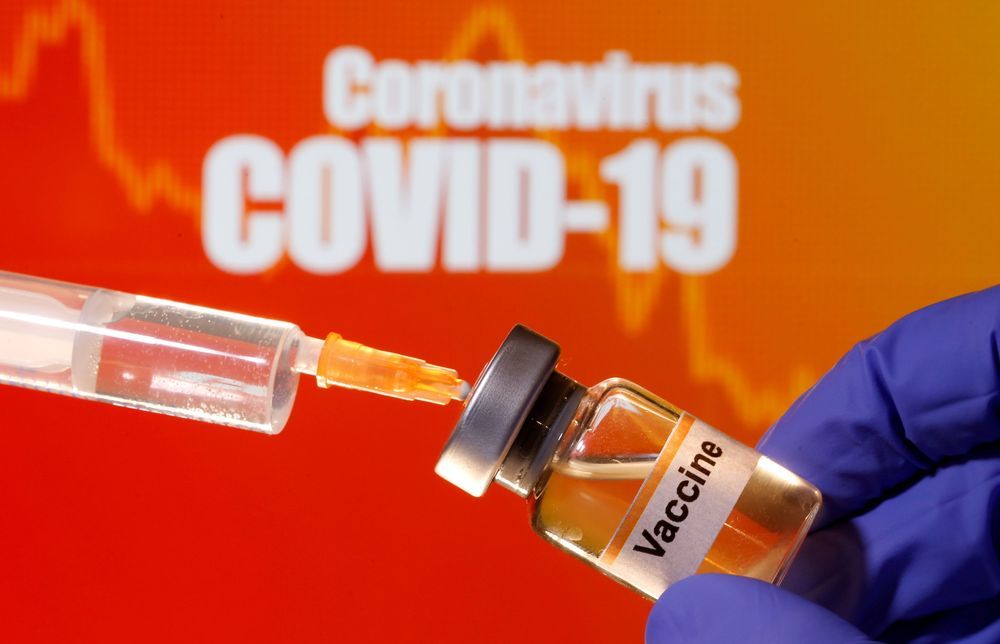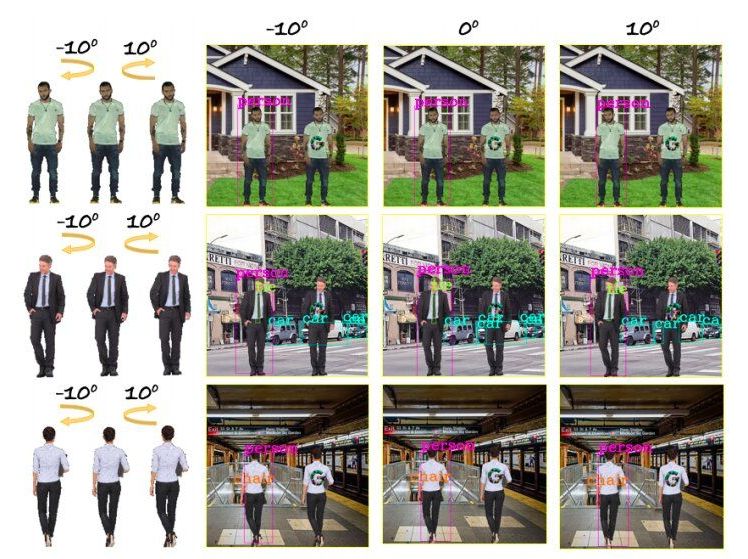Page 7254
Worries about America’s tech stars have swirled for years. It’s clear now that this isn’t going away. In world capitals, courtrooms and among the public, we are wrestling with what it means for tech giants to have enormous influence on our lives, elections, economy and minds.
The congressional antitrust hearing showed that concerns about the tech stars aren’t going away.
Jul 31, 2020
New Hope as Dementia Therapy Reverses Memory Loss
Posted by Genevieve Klien in categories: biotech/medical, neuroscience

Summary: Activating p38gamma, a naturally protective enzyme in the brain, may help to prevent the development of Alzheimer’s disease symptoms. Researchers showed the naturally protective effects of p38gamma could be harnessed to improve memory in the later stages of Alzheimer’s disease.
Source: Macquarie University
Continue reading “New Hope as Dementia Therapy Reverses Memory Loss” »
Jul 31, 2020
Single particles of light can be used for remote 3D surveillance
Posted by Quinn Sena in categories: particle physics, surveillance
Researchers have taken 3D images by bouncing individual photons from a laser off a building 45 kilometres away, more than 4 times farther than ever before.
Jul 31, 2020
Non-magnetic material made magnetic using electricity for the first time
Posted by Quinn Sena in categories: materials, particle physics
Researchers have for the first time managed to use electricity to switch on magnetism in a material that’s normally non-magnetic. The find could be a step towards making electronic components out of common materials that might not otherwise be suitable.
Put simply, ferromagnetism – the strongest form of the phenomenon – arises in a material when the majority of electrons in its atoms spin in the same direction. For non-magnetic materials, the electrons are usually paired up so that their opposite spins cancel out the magnetic field.
There aren’t many substances that are natively ferromagnetic, but the most common ones are iron, cobalt and nickel, as well as their alloys. That doesn’t give engineers all that much to work with when creating electronic devices.
Jul 31, 2020
U.S. agrees to pay Sanofi and GSK $2.1 billion for 100 million doses of coronavirus vaccine
Posted by Quinn Sena in categories: biotech/medical, government
The agreement with Sanofi and GlaxoSmithKelin is the government’s second in less than two weeks for 100 million doses of vaccine.
Jul 31, 2020
A new neural network could help computers code themselves
Posted by Genevieve Klien in categories: cybercrime/malcode, robotics/AI
Computer programming has never been easy. The first coders wrote programs out by hand, scrawling symbols onto graph paper before converting them into large stacks of punched cards that could be processed by the computer. One mark out of place and the whole thing might have to be redone.
Nowadays coders use an array of powerful tools that automate much of the job, from catching errors as you type to testing the code before it’s deployed. But in other ways, little has changed. One silly mistake can still crash a whole piece of software. And as systems get more and more complex, tracking down these bugs gets more and more difficult. “It can sometimes take teams of coders days to fix a single bug,” says Justin Gottschlich, director of the machine programming research group at Intel.
Jul 31, 2020
Fooling deep neural networks for object detection with adversarial 3D logos
Posted by Genevieve Klien in categories: cybercrime/malcode, robotics/AI
Over the past decade, researchers have developed a growing number of deep neural networks that can be trained to complete a variety of tasks, including recognizing people or objects in images. While many of these computational techniques have achieved remarkable results, they can sometimes be fooled into misclassifying data.
An adversarial attack is a type of cyberattack that specifically targets deep neural networks, tricking them into misclassifying data. It does this by creating adversarial data that closely resembles and yet differs from the data typically analyzed by a deep neural network, prompting the network to make incorrect predictions, failing to recognize the slight differences between real and adversarial data.
In recent years, this type of attack has become increasingly common, highlighting the vulnerabilities and flaws of many deep neural networks. A specific type of adversarial attack that has emerged in recent years entails the addition of adversarial patches (e.g., logos) to images. This attack has so far primarily targeted models that are trained to detect objects or people in 2-D images.
Jul 31, 2020
The future of AI: 12 possible breakthroughs, and beyond
Posted by Kelvin Dafiaghor in categories: innovation, robotics/AI
Interesting.
The AI of 5–10 years time could be very different from today’s AI. The most successful AI systems of that time will not simply be extensions of today’s deep neural networks. Instead, they are likely to include significant conceptual breakthroughs or other game-changing innovations.
That was the argument I made in a presentation on Thursday to the Global Data Sciences and Artificial Intelligence meetup. The chair of that meetup, Pramod Kunji, kindly recorded the presentation.
Continue reading “The future of AI: 12 possible breakthroughs, and beyond” »
Jul 31, 2020
Tesla’s Musk Is Weeks Away From Next Multibillion-Dollar Payout
Posted by Kelvin Dafiaghor in categories: Elon Musk, sustainability, transportation
Watch my hero.
Tesla Inc.’s surging stock price has already let Chief Executive Officer Elon Musk collect two tranches of his moonshot compensation award, valued at a collective $3.94 billion.

















